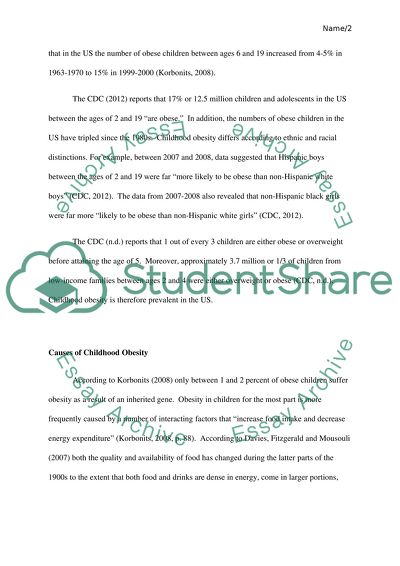Cite this document
(“History Project Essay Example | Topics and Well Written Essays - 2750 words”, n.d.)
Retrieved from https://studentshare.org/history/1399013-history-project
Retrieved from https://studentshare.org/history/1399013-history-project
(History Project Essay Example | Topics and Well Written Essays - 2750 Words)
https://studentshare.org/history/1399013-history-project.
https://studentshare.org/history/1399013-history-project.
“History Project Essay Example | Topics and Well Written Essays - 2750 Words”, n.d. https://studentshare.org/history/1399013-history-project.


